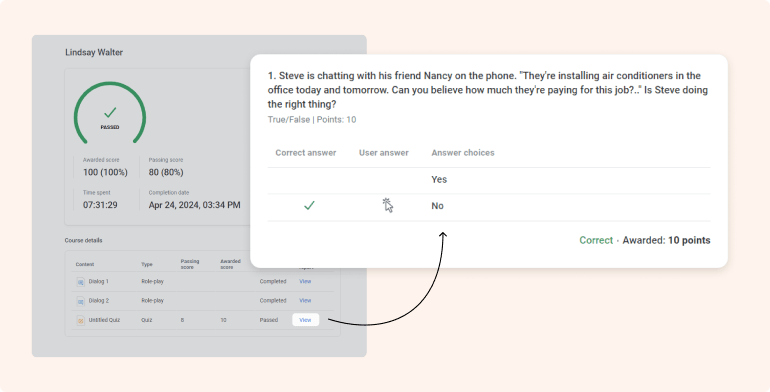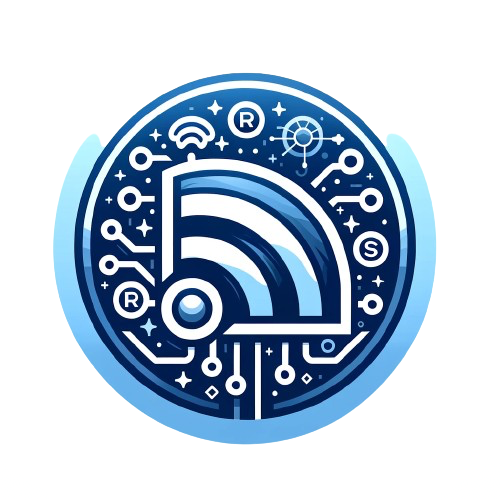How To Reduce Cheating And Promote Deeper Learning
While cheating has always been a concern in education, does that mean everyone’s doing it? Dr. Donald McCabe with the International Center for Academic Integrity conducted a comprehensive survey involving 70,000 students (both undergraduates and graduates) over a 12-year period, from 2002 to 2015.
According to their findings, 64% of students admitted to cheating on a test, 58% confessed to plagiarism, and a staggering 95% acknowledged participating in some form of cheating—whether it was on a test, plagiarizing, or copying homework. According to another study, during COVID-19, the frequency of online exam cheating almost doubled.
There are a number of factors that drive students to cheat, and it’s not always about taking shortcuts:
- Academic overload. Balancing multiple assignments, tests, and projects can quickly become overwhelming. When students feel buried under the workload, cheating might seem like the easiest way to finish everything on time.
- Fear of failure. The fear of not meeting expectations—whether from teachers, parents, or themselves—may lead students to cheat, becoming a way to avoid disappointment and escape the consequences of failure.
- High stakes and grade anxiety. College acceptance and scholarships—so much is riding on getting good grades. This pressure leads to stress and anxiety, making students see cheating as the only way to maintain good grades.
- Feeling unprepared. When students don’t feel ready, either because they didn’t study enough or struggled to understand the material, they may cheat as a last resort because it seems like a quick and easy fix.
- An easy opportunity to cheat. Often, students cheat simply because the opportunity presents itself. When answers are easily accessible, or when they feel professors won’t notice or care, cheating becomes a more tempting option.
5 Best Practices For Designing Meaningful Online Assessments
Even though cheating is widespread, it’s not something educators are powerless to prevent. By understanding the causes behind it, teachers can create assessments that discourage cheating and motivate students to engage more deeply with the content. Here are 5 proven strategies for building effective and trustworthy online assessments.
1. Diversify Assessment Formats
Use eLearning tools that allow you to use different ways to assess students online. Don’t rely solely on traditional multiple-choice questions. Instead, incorporate interactive quiz types that encourage students to apply their knowledge in different ways, like matching, hotspots, drag-and-drop activities, and open-ended questions—they are particularly effective because they encourage critical thinking and are harder to cheat on.

Also, try to provide immediate feedback on both correct and incorrect answers. Meaningful feedback helps reinforce learning and encourages students to reflect on their mistakes, reminding them that assessments are part of the learning process, not just a measure of success.
2. Set Up Cheat-Proof Testing Rules
If you want to prevent cheating, secure testing rules are a must for your online assessments. Start by blocking simple tricks like highlighting, copying, and pasting, which students can use to share or search for answers. Also, prevent students from returning to previous test pages so they can’t revisit clues in other questions or change their responses after moving on.

Some eLearning authoring tools like iSpring Suite allow educators to apply advanced testing rules. For example, add time limits to quizzes, control the number of attempts students get, and shuffle both the questions and answer choices to make every test feel different and much harder for students to game the system.
For an even more comprehensive approach, branching scenarios are perfect. With iSpring Suite, you can create unique quiz paths depending on whether students answer questions correctly or not. It makes the test experience more personalized, keeps students more engaged, and leaves less room for cheating.
3. Use Technology Software To Secure Final Exams
When it comes to final exams, technology can be a powerful ally. For remote assessments, proctoring software is a great way to monitor students and flag any suspicious behavior, ensuring they follow the rules. Browser-blocking tools also help create a controlled environment, preventing students from navigating away from the test page and limiting distractions or temptations. For written assignments or essays, try out plagiarism checkers to catch academic dishonesty and ensure students submit original work.
4. Rely On Advanced, Data-Driven Analytics
Building comprehensive assessments is important, but even the most secure tests don’t help much if you lack access to detailed analytics and don’t know how students are interacting with assessments. For example, you won’t know how many attempts were made, time spent, and whether students repeatedly answered the same question incorrectly.
If you’re already using Moodle™ software to teach your students, the best way to create courses and assessments is with iSpring Suite since it will provide you with comprehensive assessment reports that no other authoring tool provides (except Moodle’s native quiz maker).
iSpring Suite smoothly integrates with the LMS via the free iSpring Module plugin that allows teachers to publish courses directly to Moodle™ and access comprehensive visual analytics on iSpring quizzes as soon as students complete them, with detailed breakdowns of each attempt.
You can easily gather, filter, and analyze numerous data, such as time spent on training, scores, completion rates, and more—with all your statistics kept intact, even when reloading tests.
These in-depth analytics provide valuable insights that help you adjust your assessments, identify patterns, and reveal learner blind spots to create a more effective learning environment.
5. Provide Continuous, Formative Feedback
When students receive regular feedback on their work, they can identify areas where they need improvement and make adjustments before final exams. This approach leads to better performance in assessments and fosters a deeper understanding of the material.
Ongoing feedback also takes some of the pressure off critical assessments, lowering student incentive to cheat—when they know they’ll have chances to improve along the way, they’ll focus more on learning and less on shortcuts.
To Sum Up
After hours of creating a challenging online assessment, the last thing you want to discover is that your students found a way to game the system.
Creating secure and meaningful eLearning knowledge checks requires thoughtful design and the right tools. Combine various assessment types with reliable testing rules and comprehensive quiz analytics, and you’re sure to reduce the risk of cheating and promote deeper learning among students.






